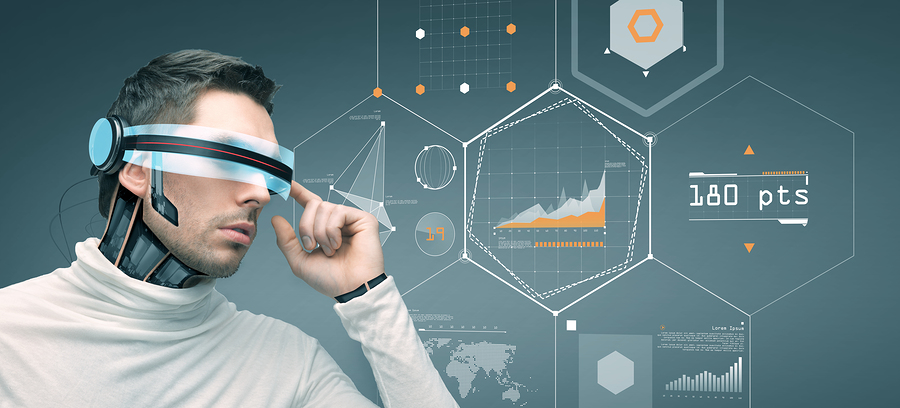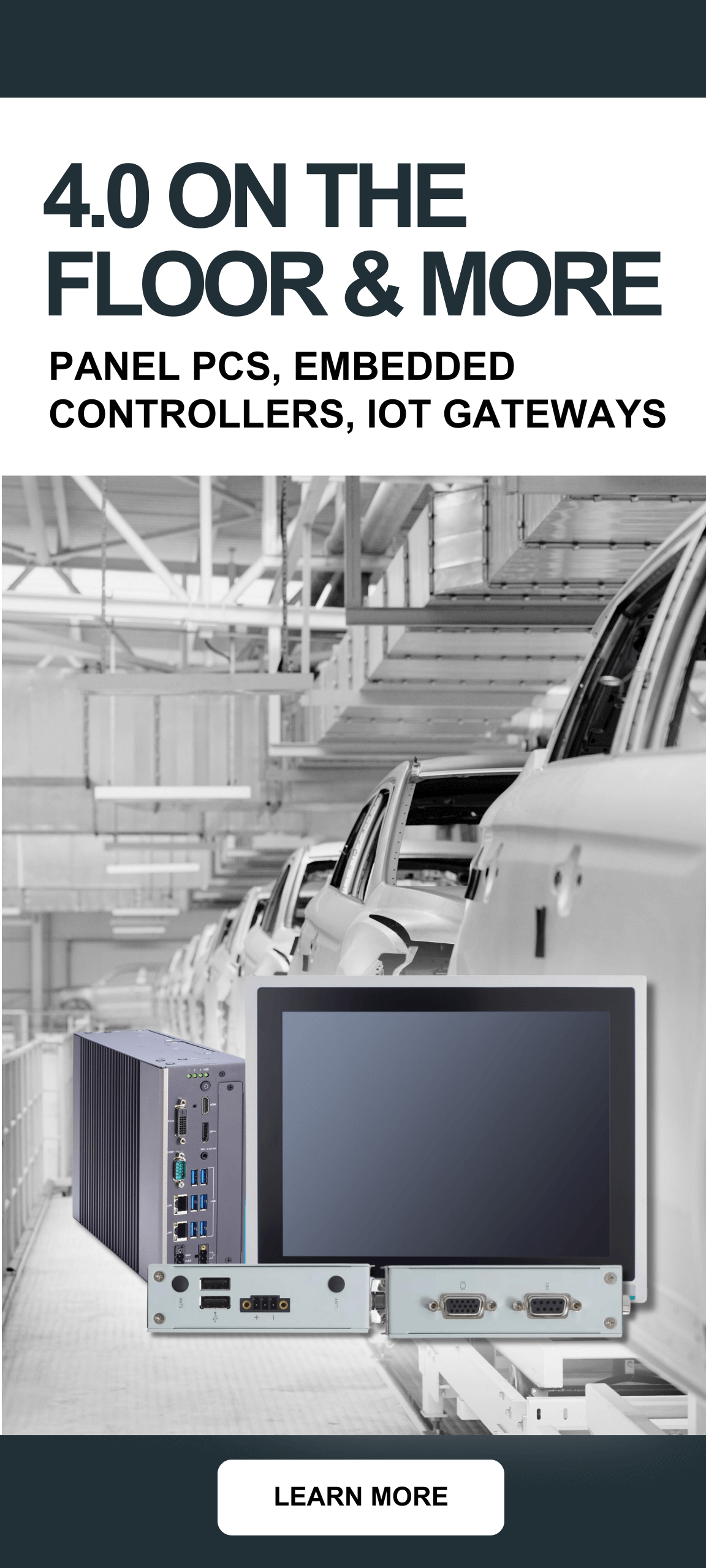
Is There a Market for Wearable Technology in Industry?
Blog
The consumer market is where wearable technology has had the most exposure so far. By now most of us have heard about the wearable technology available for personal use. Sports enthusiasts and fitness fanatics are using strap-on devices to measure blood pressure, heart rate, the number of steps taken and lap times, all while syncing with their smartphones.
Corporate organizations are now buying into these systems, seeing the benefits to staff and productivity. Some are even using them tied to fitness packages to encourage employees to improve their health and wellbeing, thus cutting down sick leave.
But there is a new and large market developing. Industrial computers and wearable technology may soon go hand in hand. From manufacturing to refining, from healthcare to the military, wearable technology is being designed to integrate with larger industrial computing systems.
The public has embraced wearable technology for personal use, but the time is ripe to capitalize on the opportunities in the industrial sector. It is estimated that global spending on wearable technology will grow from $9 billion in 2014 to $218 billion by 2019.
The Evolution of Wearable Technology
Research into wearable technology started at MIT in the mid-1980s. These early designs were bulky and heavy with custom built computers, batteries, sensor modules and cables. Consequently, at that time, much of the researchers’ work was deemed impractical and consigned to the realm of science fiction.
This has all changed with the advent of smartphones, Bluetooth, internet and sophisticated communications. Smartphones have more computing capability than desktop PCs of the 1980s and their mobility is enhanced by wireless communication.
Industrial Applications for Wearable Technology
Wearable technology driven by industrial computers has the potential to improve productivity, efficiency and safety in the workplace. Some examples include:
- Ring scanner. Motorola and Honeywell have developed barcode scanners that are worn on the finger. These hands-free units allow for faster and more accurate stocktake and control.
- Arm-mounted computer. The Motorola WT4000 is a hands-free wearable computer that can be worn on the forearm or wrist. Mobile computing capability is accessed through both voice and button interfaces.
- Smart helmet. This will become a must for so many industrial workers. With 360-degree vision, the helmet utilizes sensors and cameras to relay useful information via mobile devices back to central communications and computing systems.
- Smart cap. For starters, this device can measure the fatigue levels of truck drivers. Small EEG sensors pick up electrical signals from the brain to indicate the drowsiness or alertness of the wearer. An audio alarm is incorporated to alert the user if he starts to fall asleep. This also can communicate its data to central computing systems.
- Headset computer. Fitted with a camera and microphone, it enables the wearer to communicate and collaborate remotely with others. An added feature is speech recognition technology in several languages.
- Expect more hands-free devices. These will allow operators to keep both hands free as they work, knowing that important data is automatically being input as well as output.
Even just a user’s Fitbit can relay crucial data back to central systems and controllers. In a factory, mining or military setting, new technology could send vital information about precise location (via GPS), stress levels, vital statistics (heart rate, temperature, etc.), ambient conditions, you name it. And with video communications built in, think how important this technology will become for emergency responders, search and rescue, people trapped in accidents, and so on.
The wearable technology that integrates with industrial computing applications will be a big life saver and productivity driver. Talk to experts in industrial computing systems and see what is available already. It is the way of the future.
 Brian Luckman is the President of New Era Electronics. He has worked in the industrial OEM market for over 25 years, serving a variety of different industries, gaining a strong reputation for his expertise and a thorough understanding of how to properly service OEM customers. In 2000 he began New Era Electronics and the company continues to grow. He’s a husband and father and enjoys exploring the outdoors.
Brian Luckman is the President of New Era Electronics. He has worked in the industrial OEM market for over 25 years, serving a variety of different industries, gaining a strong reputation for his expertise and a thorough understanding of how to properly service OEM customers. In 2000 he began New Era Electronics and the company continues to grow. He’s a husband and father and enjoys exploring the outdoors.
Creative Commons Attribution: Permission is granted to repost this article in its entirety with credit to New Era Electronics and a clickable link back to this page.





